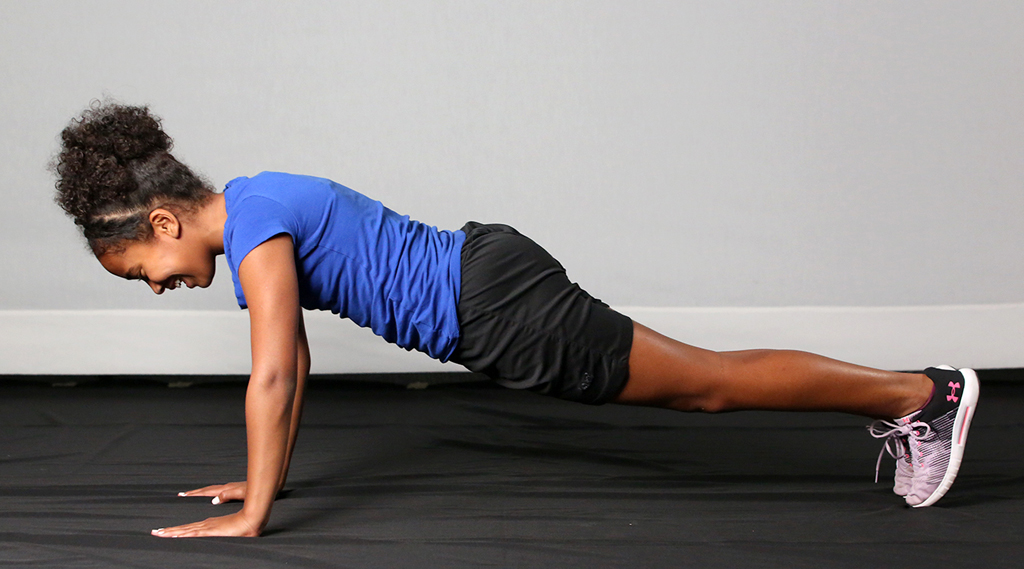Journey to the Surface of the Earth
Background
An astronaut's job is not finished when they leave the International Space Station (ISS). Another big challenge awaits: returning to Earth and landing safely. Throughout atmospheric re-entry, astronauts experience high levels of acceleration, placing an enormous pressure on their bodies. They sometimes experience nausea or vision impairment as a result. Returning to Earth from the ISS takes approximately 3 hours and has many phases, including deploying a parachute to slow down the descent of the capsule and activating the soft-landing rockets. Once the astronauts touch down, they are normally helped out of their capsule by ground crew awaiting their arrival. However, if the capsule lands outside the target area, astronauts must exit the capsule by themselves and rely on their survival skills, all while feeling the effects of returning to Earth. The adventure doesn't end there! Canadian astronauts must then take a long flight from Kazakhstan to Houston, Texas, where they will begin their rehabilitation with the help of their medical team.
Mission description
Participants will simulate atmospheric re-entry in a space capsule. Once the capsule touches down, crews must rely on their physical abilities to get out of the capsule while coping with dizziness. To get out of the capsule, crewmembers must pretend to climb a ladder, open a door and make their way to safety.
An astronaut's body goes through many changes while they live and work in microgravity. When they return to Earth, astronauts can experience dizziness, nausea and loss of balance. In order to counteract the effects of living in microgravity, astronauts begin rehabilitation immediately.
Timeline
| Breakdown | Duration |
|---|---|
| Background | 2 minutes |
| Educator's instructions/demonstration | 5 minutes |
| Group activity | 10-15 minutes |
| Reflection on the activity | 3 minutes |
| Total | 20-25 minutes |
Goal
For this mission participants will use teamwork, strength, coordination and balance to complete a simulated exit of a space capsule.
Objectives
By the end of this mission, participants will be able to:
- Challenge their physical strength
- Challenge their endurance
- Understand the physical exertion astronauts feel when returning to Earth from a long-duration space mission
Mission preparation
Materials
- 1 floor mat
- 1 balance bench
Set-up
- Set up play space so astronaut crews can travel in a straight line to complete all tasks.
- Place large gym mat upright against balance bench to represent the capsule door.
Mission instructions

Diagram
- Participants organize themselves into crews of three. To start, a crew will stand back to back and link their arms. Once interlocked, the crew will simultaneously squat down (see reference photos below), hold the squat for 30 seconds and then return to standing without unlinking arms.
Atmospheric re-entry and exiting the capsule
- Together, the crew performs 5 push-ups and 5 burpees in sync with each other to simulate the physical strain of re-entry.
- One at a time, each astronaut spins around 5 times, while looking at the ground. The astronaut who has just spun lies face down on the balance bench and pulls themselves along the bench using their arms to simulate climbing the Soyuz capsule's ladder.
- The astronaut must push the mat over and roll on to it. This simulates opening the door of the capsule. The astronaut who just exited the capsule then places the mat upright at the end of the bench for the next crewmember.
- At this point the next astronaut in the crew spins 5 times and completes the same task. Repeat until all crewmembers have exited the capsule.
- To simulate getting out of the capsule and moving to safety, crewmembers must crawl 10 metres to the next station.
Return to Houston and medical test
- The astronaut must wait for their crewmembers. Once the whole team has arrived, the astronauts carry out the following activities at the same time: 5 push-ups, 5 burpees and 5 spins with their eyes down.
- Crews walk in a straight line back to the start position. This simulates how flight surgeons test astronauts' balance once they are back on Earth.
Variations
Level 2
- Increase the number of repetitions for burpees, push-ups and spins (e.g. 10 repetitions).
Level 3
- After completing step 7, walk to the starting point backwards.
Reference photos
-
Squat while linking arms

-
Proper push-up position


-
Burpees



-
Spin while looking at floor

-
Balance bench capsule climb

-
Floor crawl

